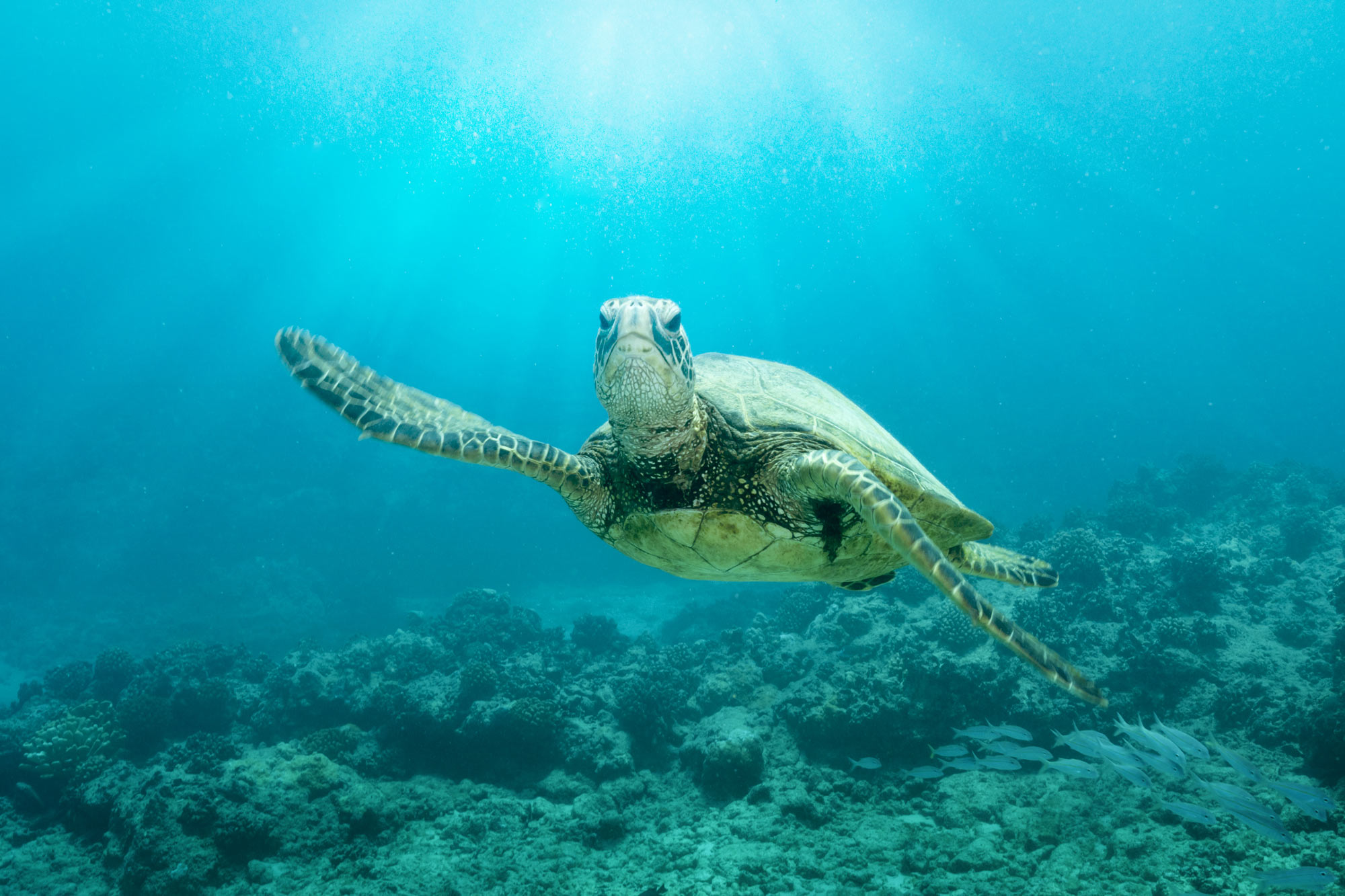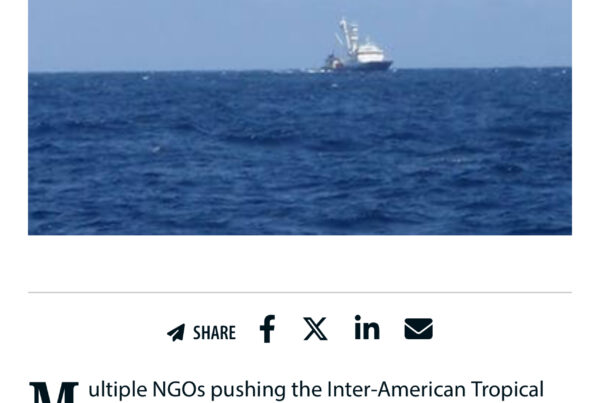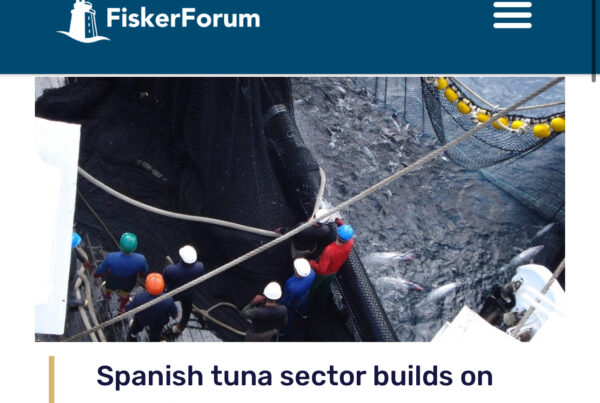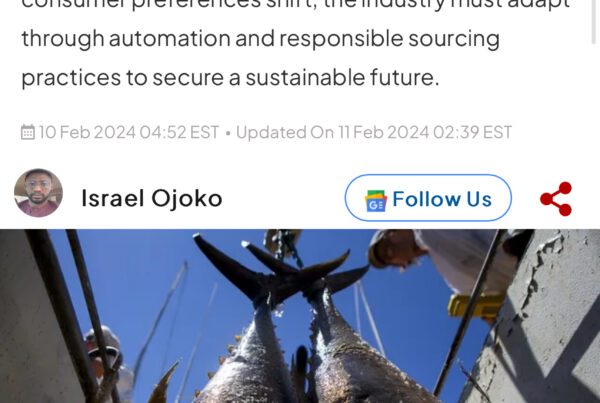New research shows that a large marine protected area (MPA) in Hawaiʻi led to recovery and spillover of migratory species.
A study published in the journal Science shows for the first time that carefully placed no-fishing zones can help to restore tunas and other large, iconic fish species. It is well known that no-fishing zones can benefit sedentary marine life, like corals or lobster; but until now, it was assumed that no marine protected area (MPA) could be big enough to protect species that travel long distances, such as tunas. This recovery is good news not only for the environment, but also for the global tuna fishing industry, which generates $40 billion in revenues each year and supports millions of jobs across the world.
“We show for the first time that a no-fishing zone can lead to the recovery and spillover of a migratory species like bigeye tuna,” said co-author John Lynham, a professor in the Department of Economics at the University of Hawaiʻi at Mānoa’s College of Social Sciences.
Using data collected onboard fishing boats by scientific observers, the study found that the world’s largest no-fishing zone, Papahānaumokuākea Marine National Monument, has increased the catch rate of yellowfin tuna by 54% in nearby waters; catch rates for bigeye tuna increased by 12%; catch rates for all fish species combined increased by 8%. The research was funded by the National Oceanic and Atmospheric Administration, and the National Science Foundation.



